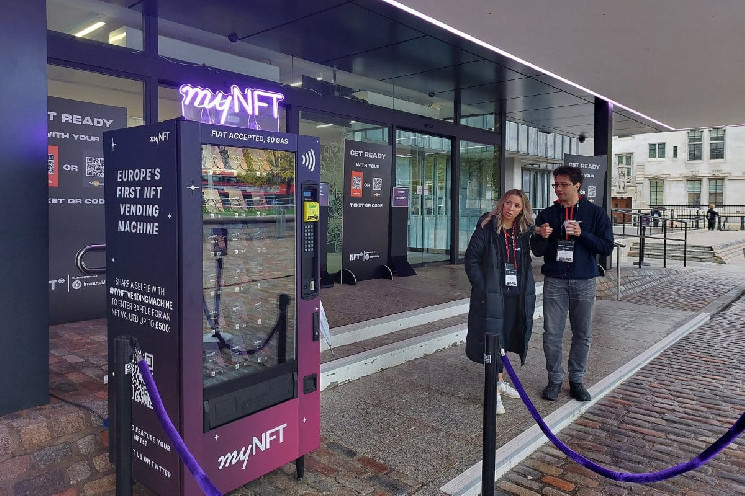Disclosure: Crypto is a high-risk asset class. This article is for information purposes only and does not constitute investment advice. By using this website you agree to our terms and conditions. We may use affiliate links within our content and receive commission.
Non-fungible tokens, or NFTs, have faded into the background amid all the talk and excitement surrounding a Bitcoin exchange-traded fund gaining approval in the US market.
Earlier today, GameStop revealed that it has closed its NFT marketplace, signaling its retreat from the cryptocurrency space. The announcement was made via a statement on the platform, citing “the ongoing regulatory uncertainty in the crypto space” as the main reason behind this decision.
Another notable move was made by X, formerly known as Twitter, which quietly removed all references and options for owning NFTs as an account avatar. TechCrunch reported on January 8 that X had quietly removed a feature for paid subscribers. They can no longer set an NFT as their profile photo.
NFT trading in decline
Trading in NFTs has been declining for more than a year. Data collected by Statista shows that the number of active wallets involved in NFT trading decreased by more than 25% between the second quarter of 2023 and the third quarter of 2023. This is a notable drop from the end of 2021 – when the number of users was estimated at almost two. million.
The NFT bear market continues, which can be linked to the stagnant crypto market. Is it game over for NFTs? Or will the digital collectible return?
What’s Making NFTs Soar?
NFT trading has soared at times at times. Statista highlights that the 2017 increase was related to the popularity of collectible CryptoKitties, while the second increase in March 2021 was related to media reporting the largest NFT sales to date. In August 2021, this was likely driven by sales of Axie Infinity, a popular NFT game in Southeast Asia.
In December, Dapp Radar reports that there has been a slight increase in NFT trading volume above $994 million, up 125% from the previous month, with a total of 3.67 million sales. Blur led the NFT sector with a 35% market share in trading volume, followed by OKX with 32%. OpenSea fell to an annual low of 14%, but still has 191,000 active traders.
Over the years, luxury brands such as Prada, Gucci and Dolce & Gabbana have launched NFTs. Fast forward to today and there is the occasional dip. One of the reasons why luxury brands have launched NFTs is to increase brand awareness and combat counterfeiting. The question arises: is there a good use case for NFTs?
In the art world, NFTs are used to symbolize physical assets, such as works of art, and collectibles. This trend is slowly growing and changing the art world and the way we own and trade digital assets.

